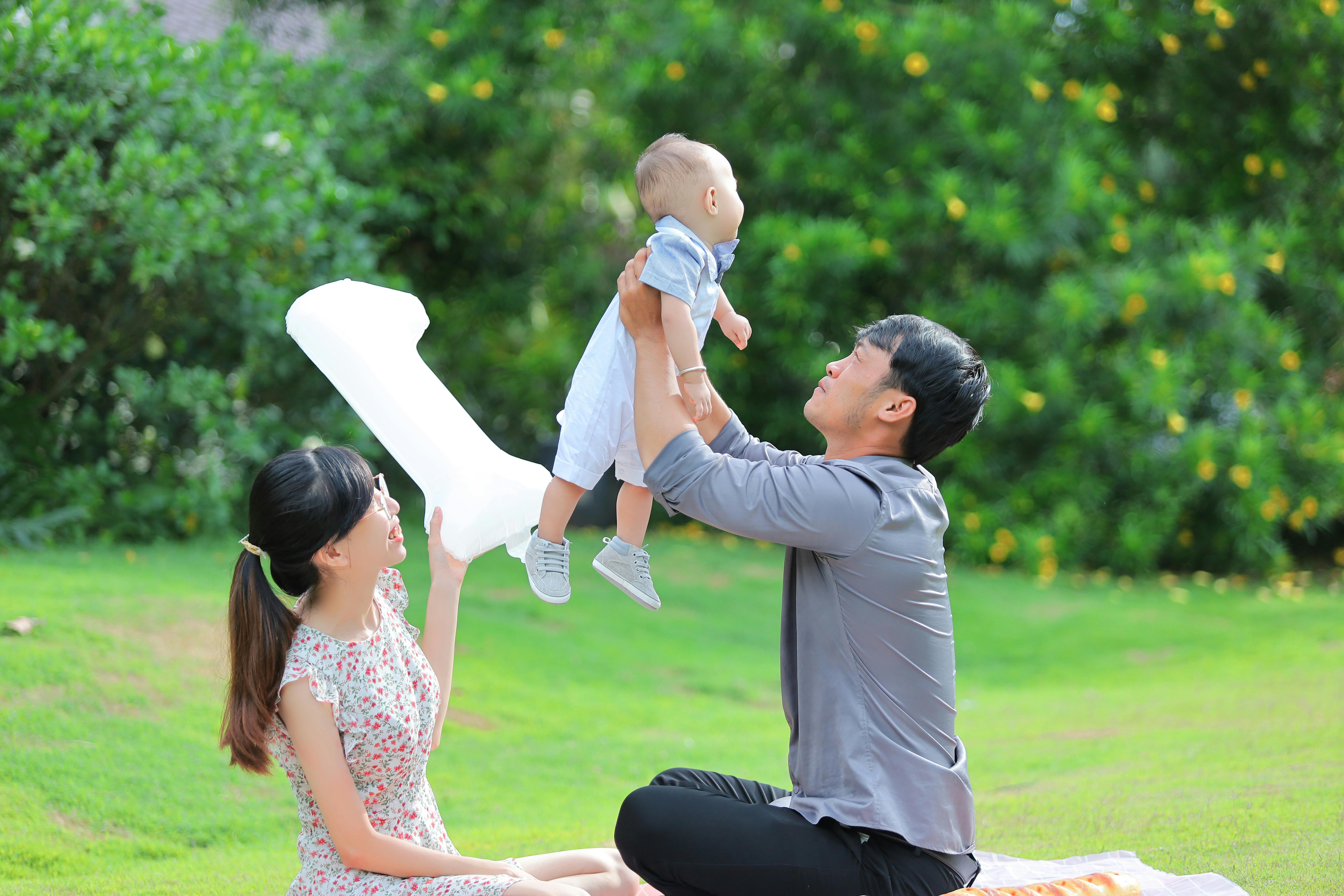The majority of Japanese couples were traditionally intimate unions between members of the same family. Numerous people now choose to have their wedding ceremony held at a monument or additional theological site. Others https://www.smoothradio.com/features/top-songs/best-love-songs-ever-all-time-list/ continue to practice the more traditional rituals, frequently including a sakura ( cherry blossom ) ceremony, where the bride and groom cross a tree together to signify the renewal of their vows.
Shinto, the religion practiced by Japan’s native people, dominates these ceremonies for the most part. Shinzen shiki ceremonies these celebrations, which are known as shinzen shiki, are officiated by a pastor in a service that is both solemn and joyful. The handful makes an announcement to the krishna and asks for their gift during this ritual. In a meeting known as the sansankudo, they consume nine sips of the three mugs, where the range three signifies luck and unification. The bride and groom take oaths, change gifts, and then love each other before performing a ceremonial dance to appease the gods.
The shinzen shiki rituals are hardly good to vanish, even though Western-style celebrations are becoming more popular in Japan. Toyohiko Ikeda https://asiansbrides.com/japanese-brides/, a general Shinto priest at Sugawara Shrine in Machida, with whom we spoke, about the customs that have evolved into more contemporary rituals.

After the key ceremony, the pair attends a reception for the marriage. Relatives and friends generally attend this proper gathering. Traditional gifts are typically presented in silk and tied with mizuhiki, or paper strips that represent fine fortune, are customarily given to guests.
